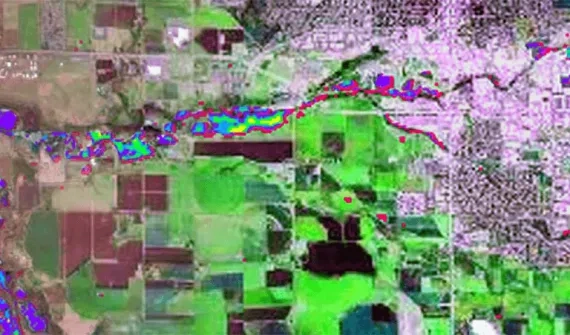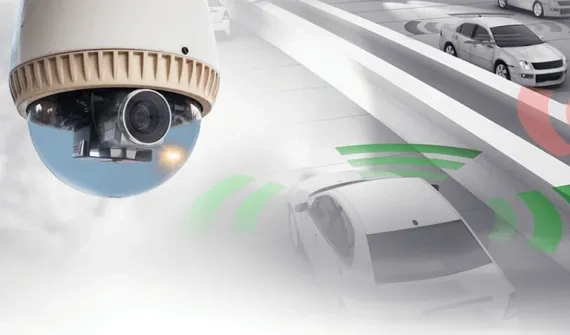As a distributor of NV5 Geospatial products, Esri Singapore connects you to the world's cutting-edge imagery technology. NV5 Geospatial solutions seamlessly integrate with the ArcGIS platform, equipping your GIS with advanced imagery capabilities. The products can be used as standalone solutions or customised to meet your needs.







